
WEEE LOGO Size Requirements
As a seller of electrical and electronic equipment (EEE) in Germany and France, weee registration is required. In addition to registration and reporting, sellers have another critical obligation—labeling their products with the WEEE logo.
This crossed-out wheeled bin symbol indicates to consumers that these devices must not be disposed of in household waste; items marked with the WEEE symbol need separate collection.
Why are sellers obligated to label with the WEEE logo? Should the WEEE symbol include a black line? Is it required for both B2B and B2C transactions? This article addresses these questions for sellers.
WEEE Logo: Labeling Obligations for Online Retailers
As an online retailer, you are obligated to label your electronic devices and batteries according to the WEEE Directive (2012/19/EU) and ElektroG. Non-compliance could result in high fines.
Implementation of the WEEE Logo
To create uniform standards for handling electrical and electronic devices across Europe, the Waste Electrical and Electronic Equipment Directive (WEEE Directive) has been in effect since 2003. In Germany, this EU directive was incorporated into national law in 2005 as the Electrical and Electronic Equipment Act (ElektroG).
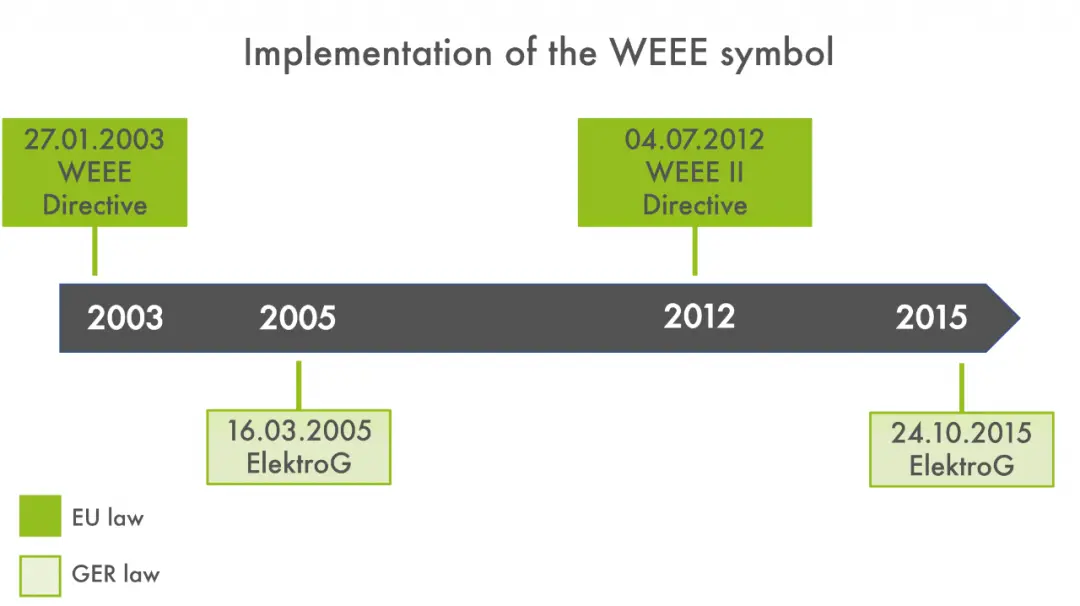
Since 2012, the revised 2012/19/EU Directive (WEEE II) has been in effect, with updates applied to Germany’s ElektroG in 2015. The new law, governing market placement, retrieval, and environmentally safe disposal of EEE, took effect in 2015.
Purpose of the WEEE Logo
The symbol promotes a circular economy: resources are reused rather than wasted. Separate collection of electrical devices and batteries enables proper recycling.
The WEEE logo with a crossed-out bin serves as a market conduct rule aimed at protecting the interests of market participants.
WEEE Logo with or without a Black Line
DIN EN 50419 specifies how to label electrical products. The black line under the bin indicates the product was placed on the market after August 13, 2005. Alternatively, a logo without the line may be used, provided the date (year, month) is specified.
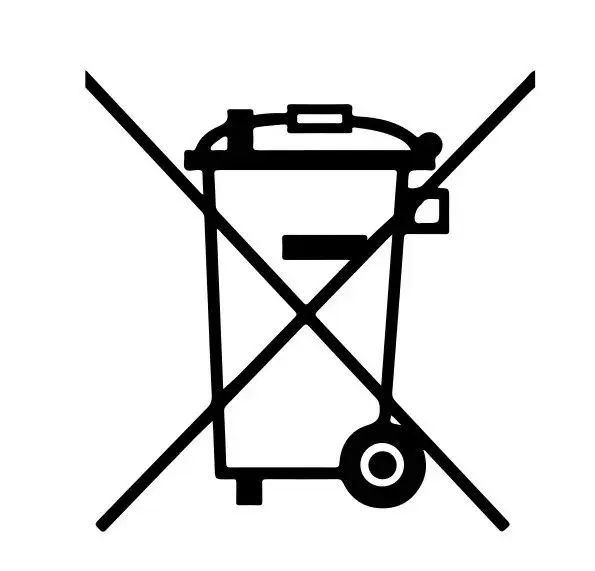
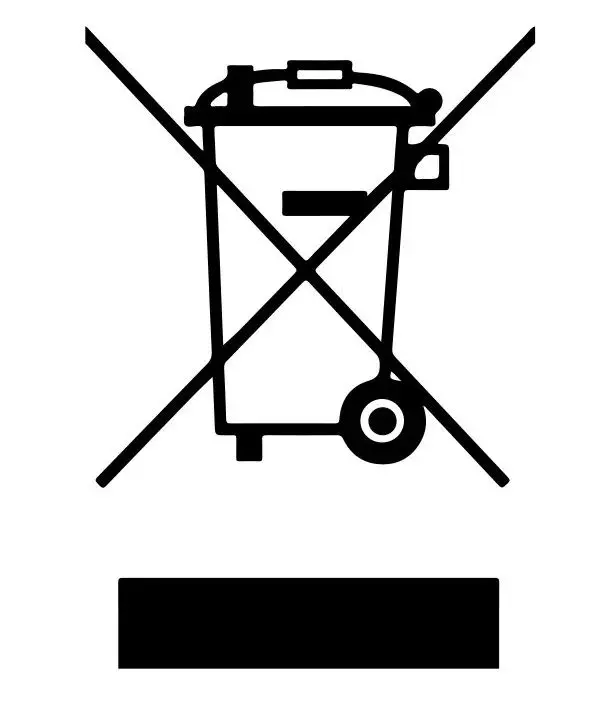
WEEE Logo Size Requirements
Calculating the WEEE Bin Logo Size:
1. The black line must accompany the crossed-out bin symbol.
2. The entire WEEE logo must be at least 7mm in height.
3. The black line’s height should be between 0.3mm and 1mm.
weee certification Logo Printing Guidelines
1) Design Requirements:
According to Article 2, Section 2 of the WEEE Directive, the auxiliary weee label must include a solid bar, height “h” and width “1.2a,” with height-to-width ratio “0.3a” or 1mm; it must accompany the bin graphic. The solid bar must not contain text or information and should conform to the specified layout.
2) Quality Standards:
The symbol should meet the quality requirements defined in the product’s standard. If not specified, these must be met: with a damp cloth soaked in water or gasoline, wipe the logo for 15 seconds to verify rub resistance. After this test, the logo must remain legible and not easily peel off. Labels must not show edge curling.
Requirements for the Black Line under the WEEE Logo
Since DIN EN 50419, clear specifications exist for WEEE logo dimensions and positioning, with the black line indicating the product was marketed after August 13, 2005.
In general, the black line under the bin must be displayed with the bin and crossed-out symbol, containing no other markings or text. According to regulations, the black line must be at least 0.3a or 1mm in height and 1.2a in width. If size constraints apply, adjustments may be made as long as visibility and clarity are maintained.
If product size prevents direct labeling, a tag with the symbol may be affixed to the product, included in the manual or warranty, or applied to the outer packaging.
Additional WEEE Labeling Requirements
According to EN28601, if non-coded text is used, the product’s manufacture/market date must be labeled. This code should identify the manufacturer or market entry date, with brand name or trademark as the standard identifier.
For sellers on German marketplaces, strict compliance with WEEE labeling on outer packaging is required. Failure to register or label according to German environmental regulations can result in severe penalties and platform actions, such as removal or sale restrictions.
WEEE Logo Variants
With Black Line WEEE Logo
Without Black Line WEEE Logo
WEEE Logo for B2B and B2C
In Germany, WEEE labeling is not required on purely B2B products. However, this applies only to devices clearly sold for B2B purposes in Germany. In many EU countries, both B2B and B2C must bear the label.
In cases of dual-use equipment for commercial and private purposes, proper labeling is required. For online sellers across Europe, applying the crossed-out bin logo universally is recommended.
WEEE Logo Placement on Products
In rare cases, it may be sufficient to place the symbol only on packaging or instructions, such as when the product is too small for the logo or its function could be compromised.
Nevertheless, labeling the equipment and batteries with the WEEE symbol is advised for safety.
0:1 and 1:1 Recycling
If you, as an EEE distributor, sell, store, or transport in an area exceeding 400 square meters, you are required to accept old equipment from customers.
- 1:1 Recycling: Customers can return similar old equipment when purchasing a new device.
- 0:1 Recycling: Customers can return small equipment (less than 25 cm) without purchasing new devices.
Email:hello@jjrlab.com
Write your message here and send it to us
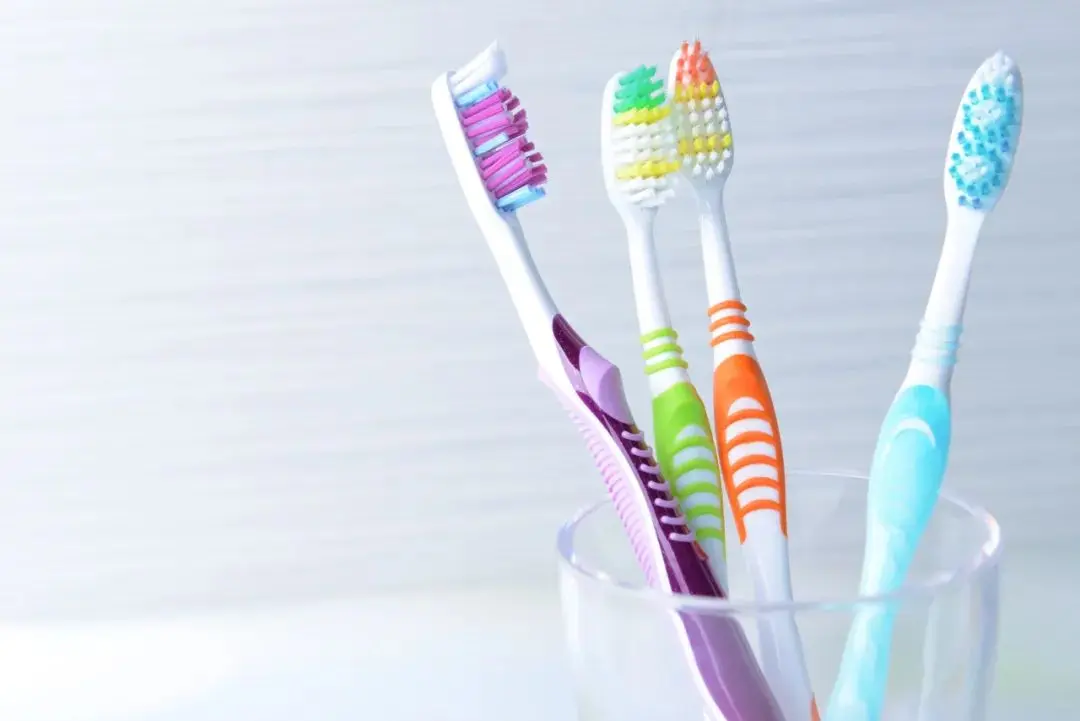 Toothbrush FDA Certification Testing
Toothbrush FDA Certification Testing
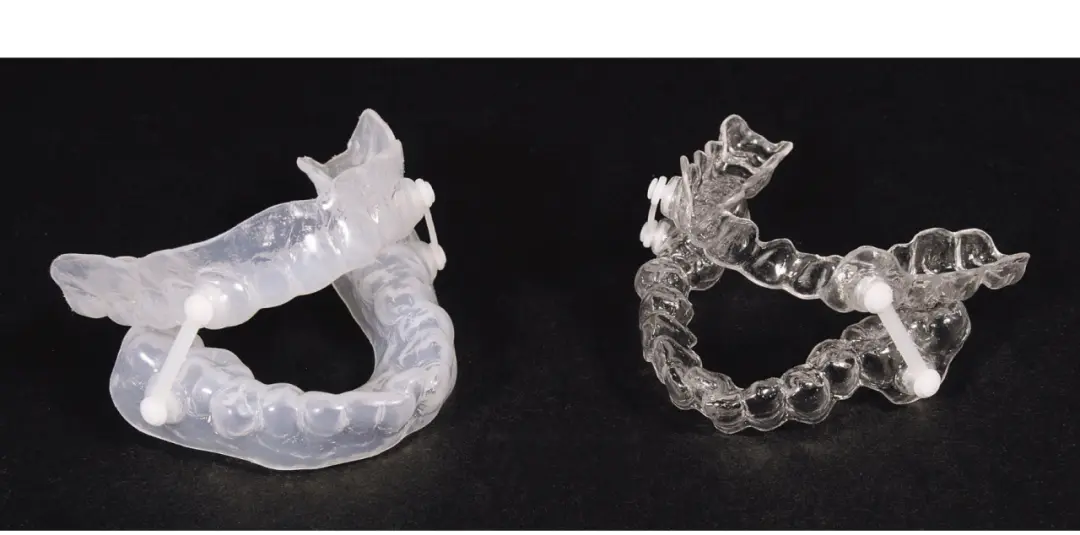 Snoring Device FDA 510k Standard Testing
Snoring Device FDA 510k Standard Testing
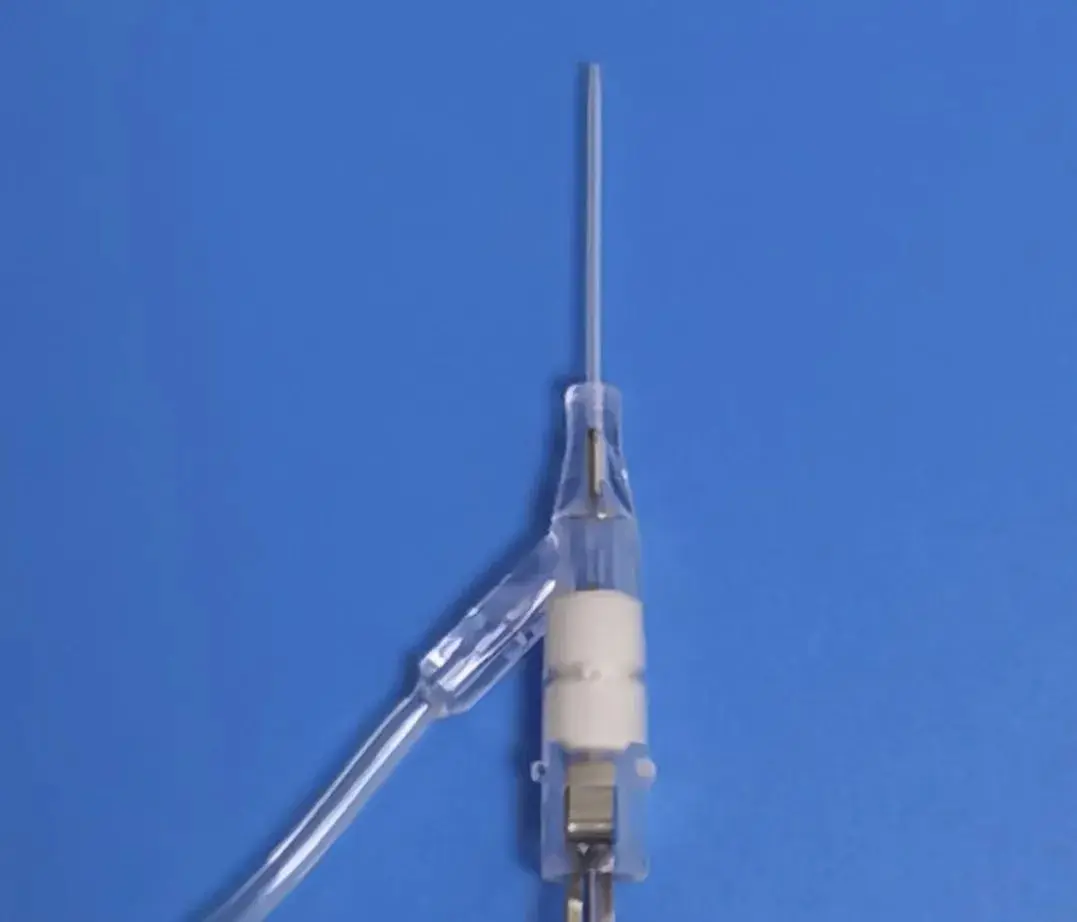 Single Use Intravenous Catheter Certification Test
Single Use Intravenous Catheter Certification Test
 Silicone Material Product Compliance Certification
Silicone Material Product Compliance Certification
 What to Do If Cytotoxicity Test Results Are Positi
What to Do If Cytotoxicity Test Results Are Positi
 ISO 10993:5 Cytotoxicity Testing Methods
ISO 10993:5 Cytotoxicity Testing Methods
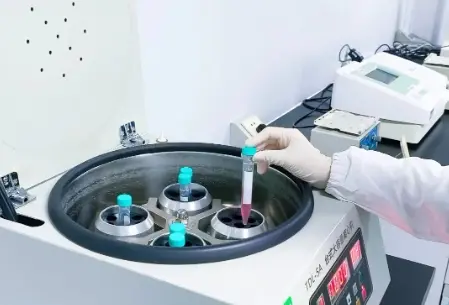 FDA ISO 10993-1 Biocompatibility Evaluation Guidel
FDA ISO 10993-1 Biocompatibility Evaluation Guidel
 In Vitro Cytotoxicity Testing for Medical Devices
In Vitro Cytotoxicity Testing for Medical Devices
Leave us a message
24-hour online customer service at any time to respond, so that you worry!




